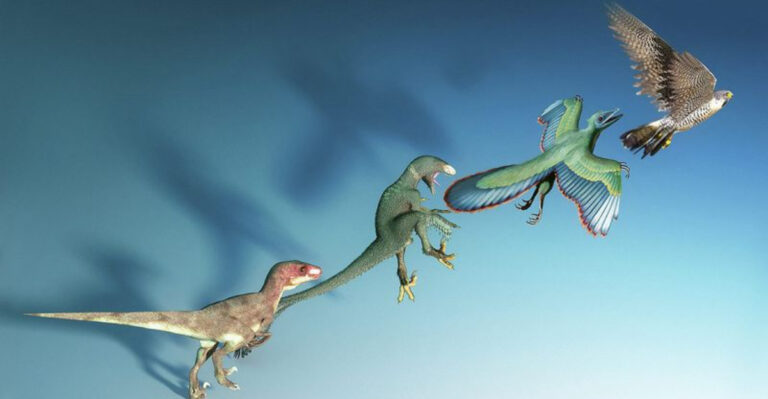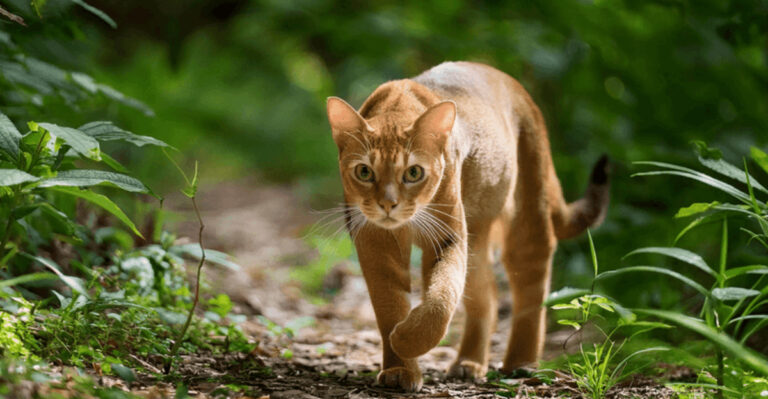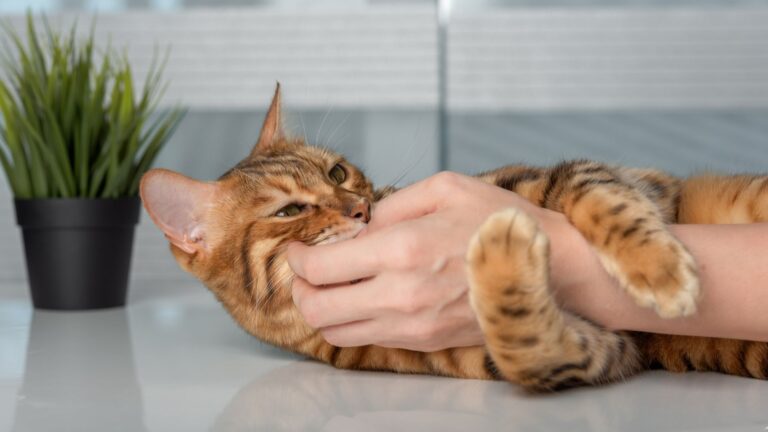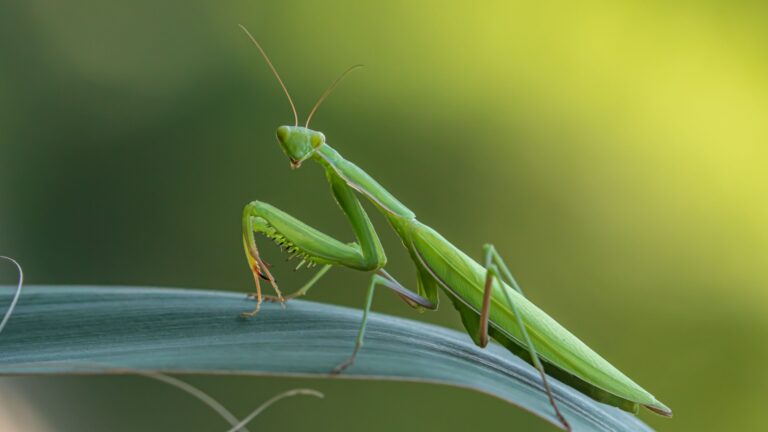How Big Can Miniature Pigs Get? The ‘Teacup’ Pig Might Be Bigger Than Expected
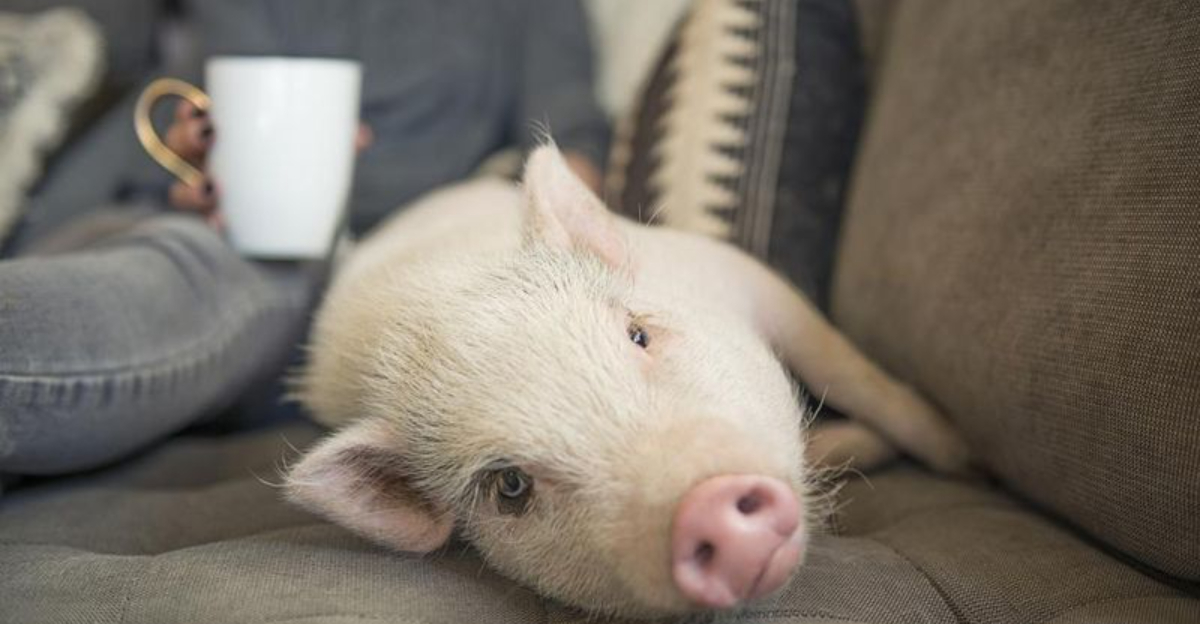
Think that adorable teacup pig will stay small enough to fit in your palm? Think again! The miniature pig industry is filled with misconceptions about just how tiny these animals remain as they mature.
Many new pig parents are shocked when their supposedly pocket-sized pet grows larger than expected. Let’s uncover the truth about miniature pigs and their actual adult sizes before you bring one home.
The Truth Behind The “Miniature” Label: How Small Are They Really?
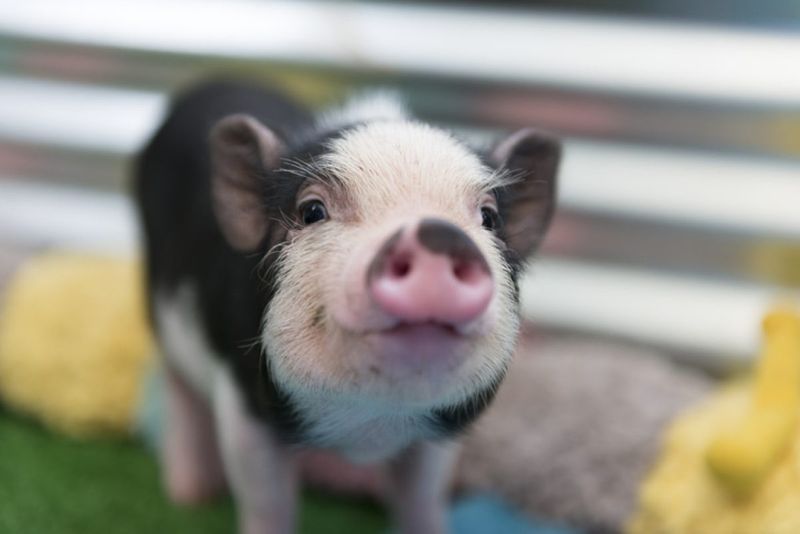
Surprise! Most “miniature pigs” actually grow to 100-200 pounds – hardly what you’d call teacup-sized. The term “miniature” is relative, comparing these pigs to their massive commercial cousins that can reach 800+ pounds.
Breeders often showcase piglets at their tiniest or underfeed them to maintain a smaller stature. This deceptive practice leads to thousands of abandoned pigs when owners can’t handle their unexpected growth.
A true adult miniature pig typically stands 14-20 inches tall at the shoulder and stretches 24-36 inches in length. Far from fitting in a teacup, but still smaller than farm hogs!
Miniature Pigs Vs. Standard Pigs: Size Comparisons You Need To Know
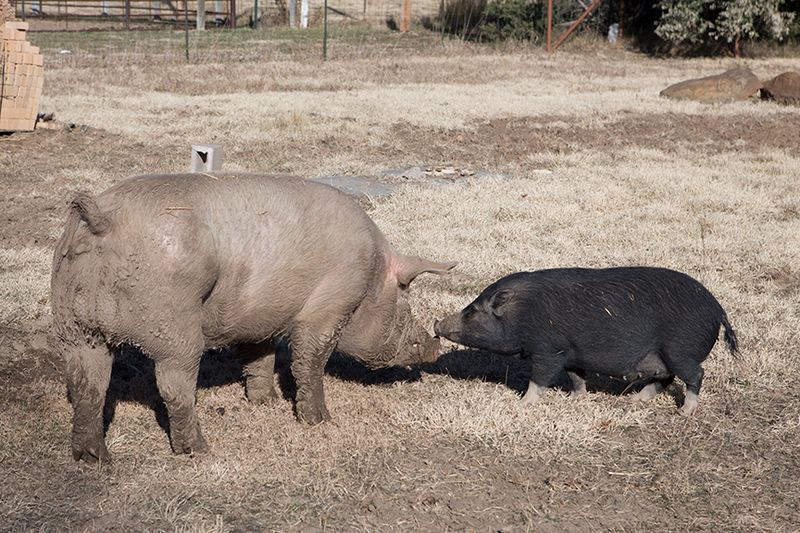
Commercial farm pigs tower over their miniature cousins, often weighing 600-800 pounds and standing 36 inches tall at the shoulder. Miniature breeds like Juliana or Göttingen might reach only 50-150 pounds – still substantial but dramatically smaller than their agricultural relatives.
For perspective, a standard pig can grow to the size of a refrigerator laid on its side! Meanwhile, a well-bred miniature pig might compare to a medium-sized dog like a bulldog.
The Vietnamese Potbelly, one of the most common “mini” pigs in America, typically weighs 100-200 pounds at maturity – about the size of a large Labrador retriever but with a completely different body shape.
What Factors Affect The Size Of A Miniature Pig?
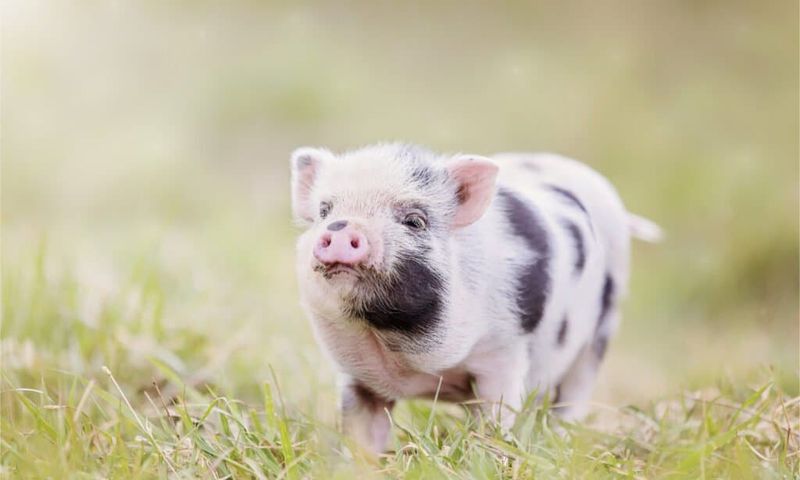
Genetics play the starring role in determining a pig’s adult size. Pigs from larger parent breeds will naturally grow bigger, regardless of what a breeder might promise. This makes researching bloodlines crucial before bringing home a piglet.
Diet dramatically impacts growth – overfeeding can cause miniature pigs to grow larger than their genetic potential. Many well-intentioned owners contribute to excessive growth by providing too many calories.
Gender creates noticeable size differences too. Males typically grow 20-30% larger than females of the same breed. Age matters significantly – miniature pigs don’t reach their full size until 3-5 years old, long after many owners expect them to stop growing.
How Much Do Miniature Pigs Weigh When Fully Grown?
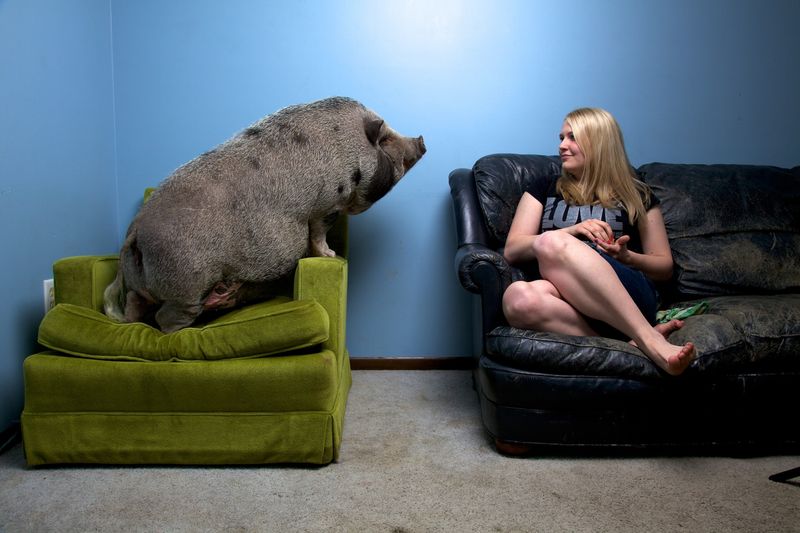
Genuine miniature pigs typically weigh between 70-150 pounds when fully mature. The smallest established breeds like Juliana pigs might reach 50-70 pounds, while potbellied varieties often hit 100-200 pounds. Remember those “teacup” pigs advertised at 25-35 pounds? Those weights simply don’t exist in healthy adult pigs.
Weight distribution in pigs differs dramatically from other pets. A 120-pound pig appears much smaller than a 120-pound dog because pigs are denser and lower to the ground.
Some micro-mini breeds claim adult weights of 40-50 pounds, but these are often the result of selective breeding for smaller sizes or, unfortunately, undernourishment during critical growth periods.
From Teacup To Full Size: Tracking The Growth Of Miniature Pigs
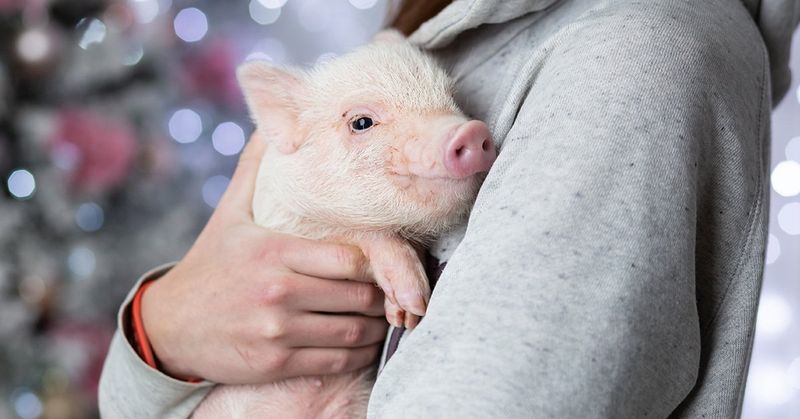
Those adorable 2-pound piglets transform faster than most owners anticipate! By 6 months, your “teacup” pig will likely weigh 30-50 pounds – already surpassing many breeders’ promised adult weights. The first year brings the most dramatic growth, but miniature pigs continue developing until age 3-5.
Monthly weight tracking helps identify healthy growth patterns. Expect your piglet to gain 1-3 pounds weekly during the first year, then slow to about 1 pound monthly in the second year.
Height increases rapidly too – from 8 inches at birth to 14-20 inches at maturity. Length stretches from 10 inches to potentially 36 inches or more, depending on the breed.
Why Miniature Pigs Aren’t Always So Mini After All
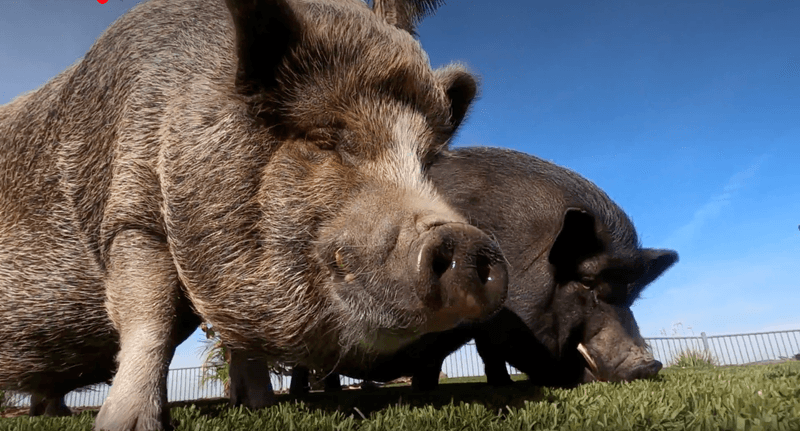
Marketing deception runs rampant in the miniature pig industry. Some unethical breeders show off 8-week-old piglets alongside their 2-year-old parents, claiming they’re fully grown. In reality, those parent pigs might be only halfway to their adult size!
Underfed pigs appear smaller but suffer health consequences. Malnourished pigs develop joint problems, weakened immune systems, and shortened lifespans – all for the sake of maintaining an unrealistic size.
Crossbreeding with standard pigs creates unpredictable growth patterns. Many supposed mini pigs have commercial pig ancestry that surfaces as they mature, leading to sizes far beyond what was promised when they were tiny pink piglets.
Debunking Myths: The Real Size Of A Miniature Pig
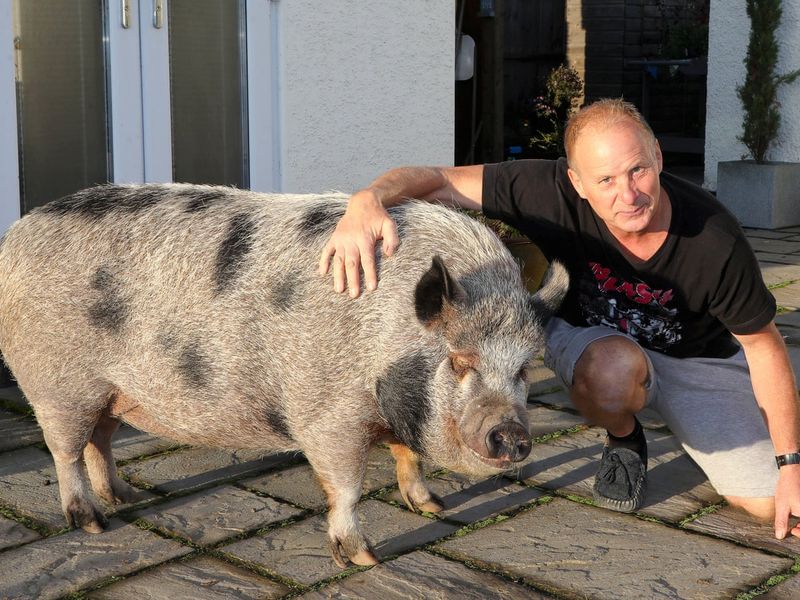
The famous “teacup” label is pure fiction – no pig breed stays permanently tiny. This marketing term was invented to sell piglets at premium prices, often $1,000-$6,500 compared to standard adoption fees of $50-$150.
Adult pigs cannot be stunted safely. The dangerous practice of underfeeding to maintain small size causes metabolic disorders, bone deformities, and organ failure. Ethical breeders prioritize health over miniature size.
Even the smallest true miniature breeds – Juliana, Göttingen, or KuneKune – reach 50-150 pounds and stand 14-20 inches tall. While smaller than farm pigs, they’re still substantial animals requiring proper space, diet, and care to thrive.
How Big Can Miniature Pigs Get In Different Breeds?
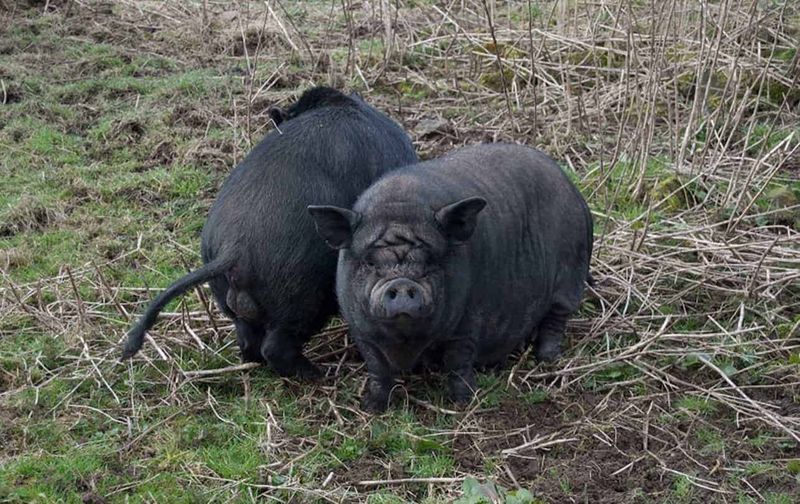
Juliana pigs, known as the smallest established breed, typically reach 50-90 pounds – comparable to a Bulldog but with different proportions. Their compact frames stand about 14-16 inches tall at the shoulder.
Vietnamese Potbellied pigs, the most common pet pigs in America, grow substantially larger at 100-200 pounds and 14-20 inches tall. Their distinctive pot belly makes them appear smaller from certain angles.
KuneKune pigs from New Zealand fall in the middle range at 70-250 pounds. These friendly pigs have become increasingly popular as pets. American Mini pigs, a newer crossbreed, typically reach 50-150 pounds, though their size can vary widely depending on their genetic background.
Miniature Pig Growth Stages: What To Expect As They Mature
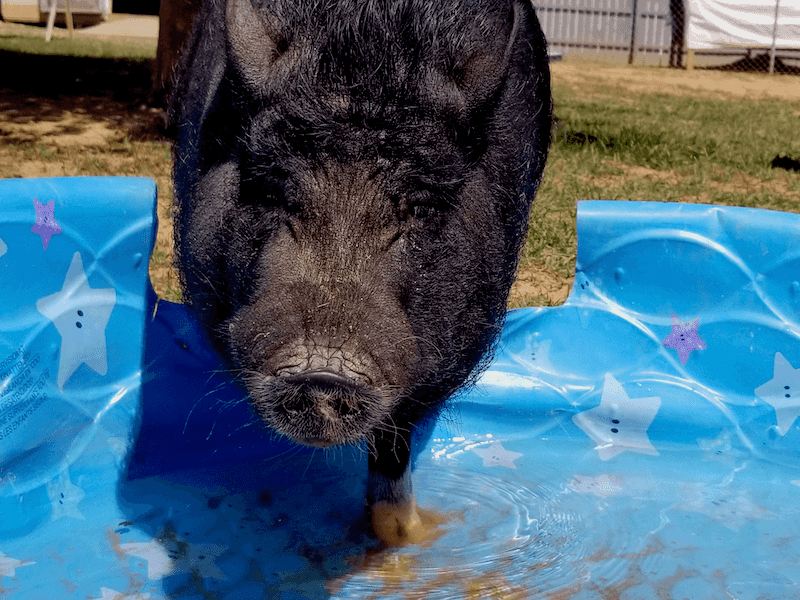
Newborn piglets weigh a mere 1-2 pounds and fit easily in human hands. By 8-12 weeks (typical adoption age), they reach 5-15 pounds – creating the illusion they’ll stay tiny forever.
The six-month mark brings dramatic changes as pigs reach 30-50 pounds and develop more adult-like proportions. Many owners face the first realization that their pig is growing beyond expectations at this stage.
One-year-old miniature pigs typically weigh 50-100 pounds – already surpassing what many breeders promised as full size. Growth continues more slowly until ages 3-5, when pigs finally reach their adult size of 70-200+ pounds, depending on breed and genetics.
The Genetics Behind Miniature Pigs’ Small Size

Selective breeding over generations created today’s miniature pig varieties. Breeders consistently chose the smallest pigs from each litter, gradually reducing size over decades – not something achieved in just a few generations.
Reputable breeding programs maintain detailed genetic records tracing bloodlines back several generations. This documentation helps predict adult size more accurately than vague promises.
The genetic factors controlling pig size involve multiple genes, not just one simple trait. This complex inheritance pattern explains why even carefully bred miniature pigs show significant size variation within the same litter. Some breeding programs focus on specific traits like shorter legs or smaller frames rather than reduced overall mass.
Miniature Pigs And Space: How Much Room Do They Actually Need?
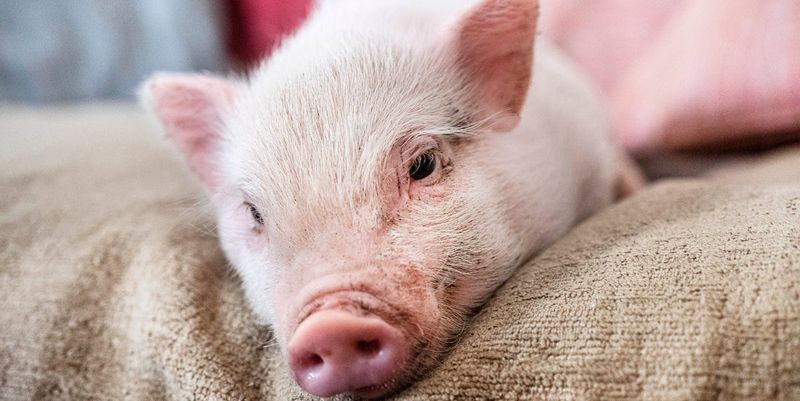
Forget apartment living! Even the smallest miniature pigs need at least 500 square feet of indoor space plus outdoor access. Their natural rooting behaviors require sturdy flooring that can withstand powerful snouts designed to dig.
Outdoor enclosures should provide minimum 10’x10′ secure areas with protection from weather extremes. Pigs are escape artists capable of lifting gates and squeezing through small openings.
Multiple pigs need even more space to prevent territorial disputes. Despite their size, miniature pigs require room to explore, forage, and express natural behaviors. Confined pigs develop destructive habits and health problems. The space requirement surprises many owners who believed the “miniature” label meant these animals could thrive in small apartments.
How To Choose The Right Size Miniature Pig For Your Home

Visit adult pigs from the breeder’s previous litters – this reveals what your piglet will likely become. Reputable breeders welcome these visits and maintain relationships with previous customers.
Request weight records of the piglet’s parents, grandparents, and siblings from previous litters. Genetic patterns provide the most reliable size predictions available.
Consider your living situation realistically. Even smaller miniature pigs need substantial indoor/outdoor space and can live 12-20 years. Rural or suburban homes with secure yards typically work best. Prepare for a pig weighing at least 100 pounds, regardless of breeder promises. If this size won’t work for your living situation, consider a different pet altogether.

